Lessons Learned from the Space Launch System
Image Credit: NASA/MSFC
The Space Launch System (SLS) is, according to NASA, “a super-heavy-lift launch vehicle that provides the foundation for human exploration beyond Earth’s orbit.” As recent announcements inform us that the SLS will be the primary launch vehicle for the Artemis missions that aim to return to the Moon, it seems as if the SLS is indeed fulfilling this mission. However, a dive into the SLS program’s setbacks provide a warning and lesson for the future of American and broader international space policy.
The Space Launch System was conceived as a replacement super-heavy-lift launch vehicle in 2011 following the retirement of the Space Shuttle program, which had its own history of budget overruns, schedule delays, design flaws, and catastrophic mistakes. The SLS program was saddled with red tape, such as Congressional mandates requiring the use of Space Shuttle components from the outset.
Now in the stages past initial development, the SLS has continued to encounter obstacles. The NASA Authorization Act of 2010 specified that the new rocket would take six years to build and cost $11.5 billion. . Former Senator Bill Nelson of Florida, a major proponent of the SLS at the time, said then that “If we can't do a rocket for $11.5 billion, we ought to close up shop.” It has now been 11 years since the Act was signed by President Obama, and NASA Inspector General Paul K. Martin recently stated that the SLS program will reach a price tag of $27 billion through 2025.
Budget overruns have not been the only issues for the SLS. The first planned launch for the SLS was scheduled for 2016. Since that original date, the first launch has been delayed over eight times over a period of 5 years. The SLS has now slipped past its planned 2021 launch date, with a new uncertain date for some time at the tail end of 2021 or the spring of 2022.
These glaring issues are becoming more apparent against the backdrop of a quickly developing and increasingly viable alternative to NASA-developed launch systems: the commercial space world. For example, NASA announced that the Europa Clipper spacecraft destined for Jupiter’s moon would be shifted from a planned launch on the SLS to the already-existing and operational super-heavy-lift rocket Falcon Heavy from commercial spaceflight company SpaceX. This decision has saved NASA an estimated $1.5 billion according to its 2021 fiscal year budget request.
Further comparisons only highlight the contrast between the SLS program and commercial alternatives. The Falcon Heavy rocket cost around $500 million to develop, compared to the SLS’ over $20 billion budget. In addition, the Falcon Heavy is reusable and clocks in at around $90 million per launch while a White House Office of Management and Budget letter from 2019 estimated that the SLS would cost over $2 billion per launch factoring in total development costs. Even optimistic estimates by former NASA Administrator Jim Bridenstine set per-launch costs at around $800 million. These cost disparities come with no significant operational loss on the part of the Falcon Heavy: the rocket has a payload capacity worth 90% of the SLS at 70 tons (although future derivations of the SLS may increase its payload capacity to over 100 tons). Of course, the Falcon Heavy does lack certain capabilities that the SLS is specifically designed for, such as mounting the Orion capsule. However, the Falcon Heavy is not the only potential alternative to the SLS. SpaceX is also currently developing Starship, a launch vehicle with an estimated thrust twice of the Saturn V rocket and a payload capacity upwards of 100 tons. Starship’s preliminary per- launch cost estimates are also quite literally exponentially lower than that of the SLS, with an ambitious goal of just $1.5 million per launch for a 150 ton payload. Although this figure should be taken with a grain of salt until Starship is actually operational, the Starship’s rapid development and successes with a smaller budget and shorter timeframe underlines the shortcomings of the SLS.
These criticisms of the SLS program are not a broader indictment of NASA’s capabilities and value. SpaceX, with an already capable launch fleet and upcoming launch vehicles, arguably only exists in its current form because of NASA. NASA invested heavily in SpaceX in its infancy and helped finance a major portion of the development of the Falcon 9 rocket. When SpaceX faced bankruptcy in 2008, NASA provided a multi-billion dollar contract to the firm for cargo launches to the ISS, rescuing the company from financial woes. SpaceX is not an isolated policy success either. The U.S. government invested in around 67 space companies from 2000 to 2018 worth around $7.2 billion. The payoff of these early investments has begun to emerge with the blossoming private space industry and demonstrate the benefits of a private-public partnership in space.
NASA will always play an important role in both space and broader US policy. The agency can continue to push scientific and technological breakthroughs as top engineers and
scientists focus on innovating for space-focused missions. The positive trickle down effects of such technological advancements are well documented. Other areas in space exploration that are more neglected by the private sector due to a lack of profit motive, such as space telescope development or experimental designs, will remain NASA’s turf. NASA can maintain its role as a guide for the private sector by organizing competitions and providing contracts. However, NASA and space policymakers must confront the reality of the successes of their own private investments and the larger meaning behind it.
The SLS may already be too far into development to adopt a more prudent private-public partnership policy. However, looking into the future, NASA and Congress should turn away from expensive and unnecessarily large programs like the SLS if the private sector can provide cheaper, more efficient, and similarly capable alternatives.
Jeremy Lee is a first year undergraduate in the Edmund A. Walsh School of Foreign Service majoring in International Politics. He is most interested in the intersection of space policy and international affairs and hopes to explore various space policy approaches that best mesh with US foreign policy for the future.

